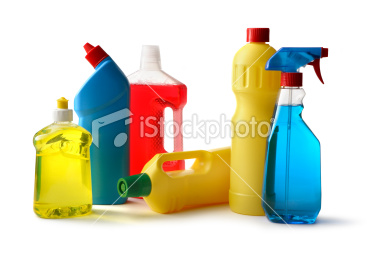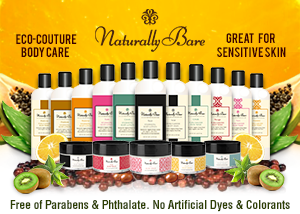Green Cleaning: EWG Healthy Cleaning Guide

The Ultimate Green Cleaning Database
Finding greener cleaners in a sea of products that lack ingredient labeling is no easy task. Enter the Environmental Working Group (EWG), a non-profit organization focused on environment and public health, and its recently debuted Guide to Healthy Cleaning, a database where consumers can look up a myriad of household cleaning products to gauge their toxicity and learn about ingredients, which are currently not required to be listed.
“Keeping your home clean shouldn’t put you and your family at risk, and with EWG’s new online guide you won’t have to,” says EWG senior scientist Rebecca Sutton, Ph.D. “Quite a few cleaning products that line store shelves are packed with toxic chemicals that can wreak havoc with your health, including many that harm the lungs. The good news is, there are plenty of cleaning products that will get the job done without exposing you to hazardous substances.”
Surfing around this database, the very first of its kind, reveals the exhaustive effort behind the behemoth guide, which rates over 2,000 cleaning products on the market today. Enter just about any cleaning product name you can think of and up pops its grade (from A to D plus F) and a comprehensive listing of ingredients and any associated concerns (such as health or environmental risks). Each listing that received a grade of D or F also offers a link to better, greener product options within the database.
To compile this guide to common household cleaners, EWG’s staff scientists spent a full 14 months scouring product labels and digging through company websites and technical documents. The EWG staff reviewed each ingredient against 15 U.S. and international toxicity databases and numerous scientific and medical journals. Impressive.
According to the EWG, just seven percent of cleaning products adequately disclosed their ingredients on labels. In addition, a whopping 53 percent of cleaning products reviewed contained lung-harming ingredients. Plus, a few surprises arose—well-known carcinogens like formaldehyde and chloroform were found in a number of common cleaners.
As a lead-up to the recent release of its Healthy Cleaning Guide, the EWG debuted an 8-page Hall of Shame guide that pinpoints the worst of the worst in household cleaning products. Categories include a frightful mix of “Banned Abroad,” “Drain Cleaners that can burn and blind,” “Oven cleaners that emit toxic fumes,” “Greenwashing,” and “Fatal if Inhaled.” It’s definitely worth a look.
Other key findings released by the EWG from its green cleaning products research:
• About 22 percent of household cleaning products contain chemicals reported to cause asthma to develop in otherwise healthy individuals.
• Formaldehyde, a known human carcinogen, is sometimes used as a preservative or may be released by other preservatives in cleaning products. It may form when terpenes, found in citrus and pine oil cleaners and in some essential oils used as scents, react with ozone in the air.
• The chemical 1,4-dioxane, a suspected human carcinogen, is a common contaminant of widely-used detergent chemicals.
• Chloroform, a suspected human carcinogen, sometimes escapes in fumes released by products containing chlorine bleach.
• Quaternary ammonium compounds (“quats”) like benzalkonium chloride, found in antibacterial spray cleaners and fabric softeners, can cause asthma.
• Sodium borate, also known as borax, and boric acid are added to many products as cleaning agents, enzyme stabilizers or for other functions. They can disrupt the hormone system.


CONNECT WITH US